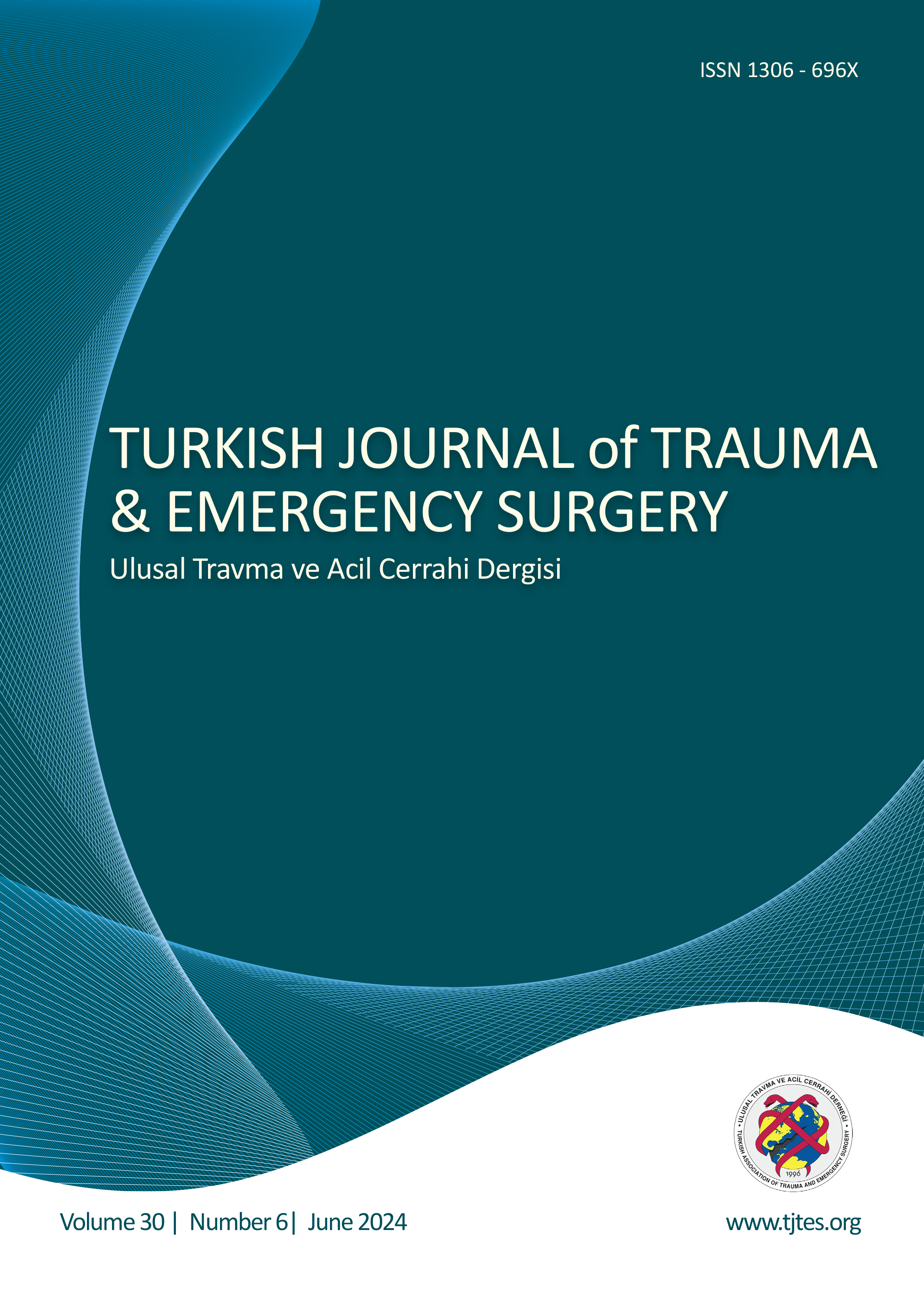Quick Search
The effects of dexmedetomidine on liver injury in rats with experimental sepsis: A histopathological and immunohistochemical study
Ömer Faruk Keleş1, Havva Sayhan Kaplan2, Hacı Ahmet Çiçek1, Onur Palabiyik3, Zabit Yener11Department of Pathology, Faculty of Veterinary Medicine, Van Yuzuncu Yil University, Van, Türkiye2Department of Anesthesiology and Reanimation, Faculty of Medicine, Van Yuzuncu Yil University, Van,Türkiye; Department of Anesthesiology and Reanimation, Ministry of Health, Etlik City Hospital, Ankara, Türkiye
3Department of Anesthesiology and Reanimation, Faculty of Medicine, Sakarya University, Sakarya, Türkiye
BACKGROUND: In the rat sepsis model, the protective effect of dexmedetomidine (Dex) in sepsis-induced tissue injuries by reducing inflammation is still unclear, and research is ongoing to determine whether Dex modulates sepsis-induced tissue injury. To investigate the effect of Dex on liver injury in sepsis rats histopathologically and immunohistochemically.
METHODS: In this study, sepsis was induced in rats by 10 ml/kg E. coli injection and the protective efficacy of Dex against liver damage was investigated with histopathological and immunohistochemical findings by intraperitoneal administration of 100 𝜇g/kg Dex.
RESULTS: In our results, the most striking and basic morphological changes in the liver tissues of sepsis group rats were neutrophil leukocyte infiltrations in and around the vessels. In Dex-treated groups, neutrophil leucocyte infiltrations were more prominent and marked dilatations were observed in the vessels. The fact that inflammatory reactions were more prominent in the Dex-treated groups was thought to be related to the increase in vascular permeability due to Dex's vasodilation effect.
CONCLUSION: according to the histopathological and immunohistochemical findings obtained in the present study, we conclude that Dex did not alleviate sepsis-induced liver inflammation in a rat sepsis model.
Deneysel sepsis oluşturulan sıçanlarda deksmedetomidinin karaciğer hasarı üzerine etkileri: Histopatolojik ve immünohistokimyasal bir çalışma
Ömer Faruk Keleş1, Havva Sayhan Kaplan2, Hacı Ahmet Çiçek1, Onur Palabiyik3, Zabit Yener11Van Yüzüncü Yıl Üniversitesi, Veteriner Fakültesi, Patoloji Ana Bilim Dalı, Van, Türkiye2Van Yüzüncü Yıl Üniversitesi Tıp Fakültesi, Anesteziyoloji Ve Reanimasyon Ana Bilim Dalı, Van, Türkiye; Etlik Şehir Hastanesi, Sağlık Bakanlığı, Anesteziyoloji Ve Reanimasyon Ana Bilim Dalı, Ankara, Türkiye
3Sakarya Üniversitesi Tıp Fakültesi, Anesteziyoloji Ve Reanimasyon Ana Bilim Dalı, Sakarya, Türkiye
GİRİŞ: Rat sepsis modelinde, dexmedetomidinin (Dex) inflamasyonu azaltarak sepsise bağlı doku hasarları üzerindeki koruyucu etkisi halen belirsizdir ve Dex'in sepsis kaynaklı doku hasarını modüle edip etmediğini belirlemek için araştırmalar devam etmektedir. Bu çalışmada, sepsisli ratlarda Dex'in karaciğer hasarına histopatolojik ve immünohistokimyasal olarak etkisini araştırmak amaçlanmıştır.
YÖNTEMLER: Bu çalışmada, ratlarda 10 ml/kg E. coli enjeksiyonu ile sepsis indüklendi ve 100 µg/kg Dex'in intraperitoneal uygulanmasıyla Dex'in karaciğer hasarına karşı koruyucu etkinliği histopatolojik ve immünohistokimyasal bulgularla araştırıldı.
SONUÇLAR: Bulgularımıza göre, sepsis grubundaki ratların karaciğer dokularında en çarpıcı ve temel morfolojik değişiklikler, damar içi ve çevresindeki nötrofil lökosit infiltrasyonlarıydı. Dex ile tedavi edilen gruplarda, nötrofil lökosit infiltrasyonları daha belirgin olup damarlarda belirgin dilatasyonlar gözlemlendi. Dex ile tedavi edilen gruplarda inflamatuar reaksiyonların daha belirgin olmasının, Dex'in vazodilatasyon etkisine bağlı olarak vasküler permeabilitedeki artışla ilişkili olduğu düşünülmüştür.
SONUÇ: Bu çalışmada elde edilen histopatolojik ve immünohistokimyasal bulgulara göre, Dex'in rat sepsis modelinde sepsise bağlı karaciğer inflamasyonunu hafifletmediği sonucuna varılmıştır.
Manuscript Language: English




